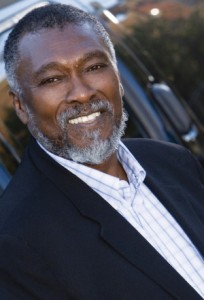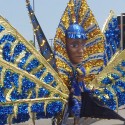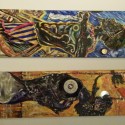Media legend Jojo Chintoh on changing the complexion of Canada’s airwaves
“I had been working as a TV producer/director on a current affairs show in Ghana for three years before moving to Canada. When I first arrived, I applied to the CBC three times, and each time they “lost” my application. Finally, I asked to speak to someone, and a nice person came down and said that the way to get in here was through getting ‘Canadian experience.’ They never went out and said they wouldn’t hire your kind, but there was a sense that there was a gate closed to you.
To this day, I refuse to work with the CBC.
“So I went to Ryerson and got an internship at the Toronto Star in 1972. I worked for a few newspapers and magazines, but began working at Citytv in 1978. If I wasn’t the first African-Canadian in the Toronto market, I was the second. I was the black man with the exotic name and accent, which was rare at the time. Most people didn’t go into that field, because we didn’t think we could get in. That’s one of the advantages of today’s generation: they aren’t afraid to apply to TV stations and radio stations because they didn’t face the same things we did.
Everywhere I went, I made sure I did a good job, because people look at you with more scrutiny. I did a five-part series on people with mental problems living in Parkdale in 1985 that was nominated for a Gemini Award. It was quite a compelling piece of work, but the best work that I’ve done is the work I do every Black History Month.
“Each February, I tell the story of an African-Canadian and his or her contribution to the country. I did one on Richard Pierpoint [an African slave who, through fighting in the American Revolution, received the land that is present day St. Catharine's and Fergus] and, for me, it’s my best work, because it sheds light on some things Canadians don’t know. We just didn’t arrive here; we helped make this place. It’s important to tell these stories to inform not just the white community, but people in our community, that we are a part of this nation. You’re less likely to destroy something if you’re a part of it. Give kids a positive image and they’ll respond. I know a lot of people looked at me and thought that they could do the same thing.”
_____________________________________________________________________________________________________________________
Befriend Sway on Facebook
Sway with us on Twitter









[...] This post was mentioned on Twitter by StaceyMarieRobinson, SWAY Magazine. SWAY Magazine said: Media legend Jojo Chintoh on changing the complexion of Canada's airwaves | Sway Magazine http://bit.ly/9HQdWr [...]
Leave your response!